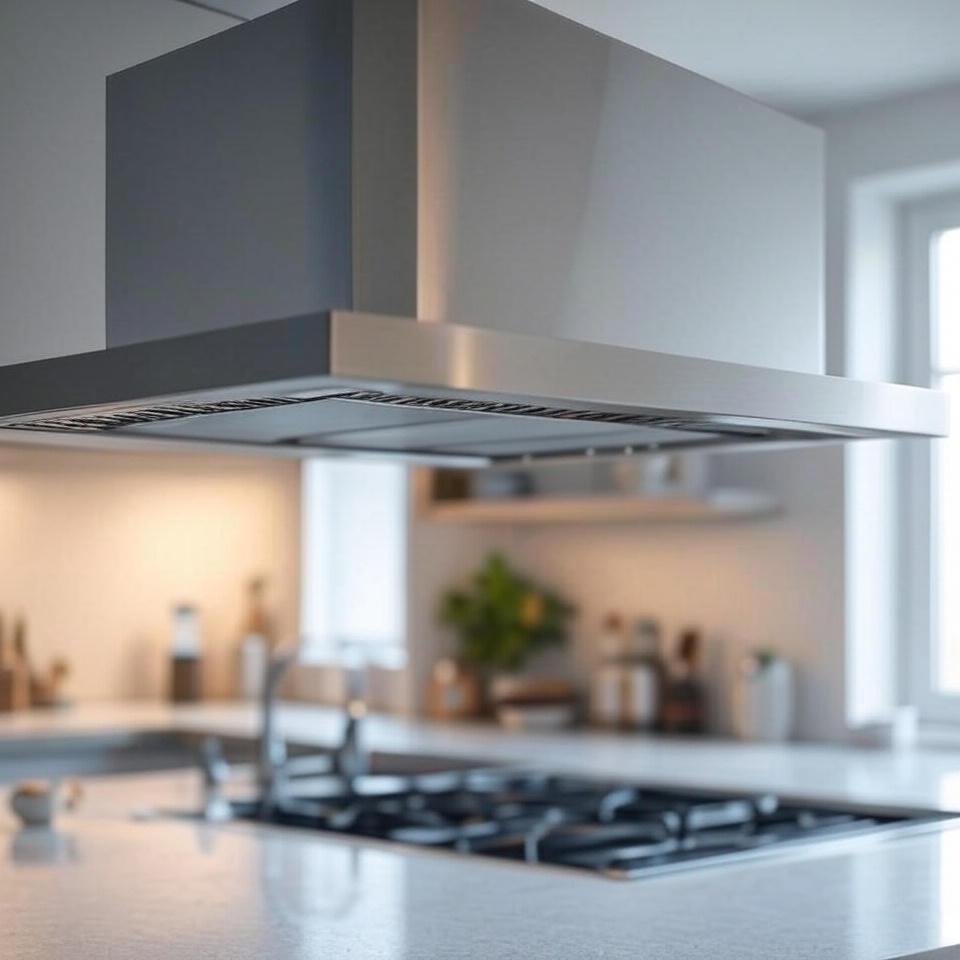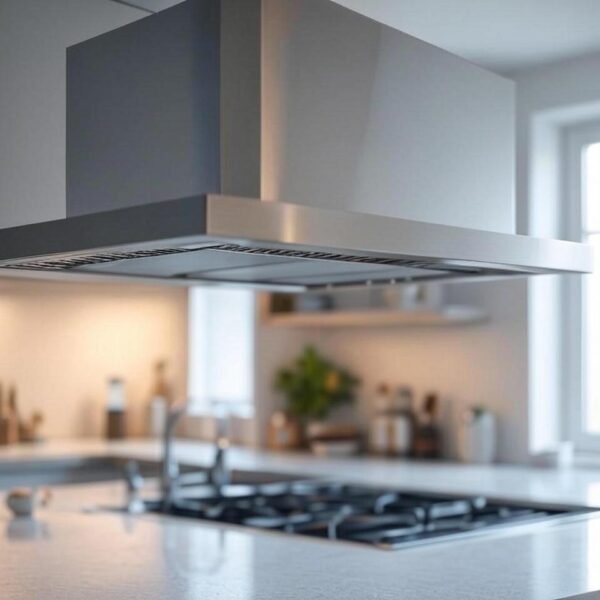
The Ultimate Guide to Kitchen Ventilation: Improving Air Quality & Cooking Comfort
Proper kitchen ventilation is essential for maintaining healthy indoor air quality, removing cooking odors, and preventing grease buildup. Whether you’re renovating your home kitchen or designing a commercial space, choosing the right ventilation system can make a significant difference in comfort and safety.
Why Is Kitchen Ventilation Important?
A well-designed kitchen exhaust system provides multiple benefits:
✔ Removes harmful pollutants – Cooking releases smoke, grease particles, carbon monoxide, and volatile organic compounds (VOCs).
✔ Reduces excess heat and humidity – Improves comfort and prevents mold growth.
✔ Eliminates cooking odors – Keeps your home smelling fresh.
✔ Enhances safety – Minimizes fire risks from grease accumulation.
✔ Improves energy efficiency – Modern systems recover heat and reduce HVAC load.
Types of Kitchen Ventilation Systems
1. Range Hoods (Most Common for Residential Kitchens)
Wall-mounted hoods – Installed against the wall above the stove.
Island hoods – Suspended from the ceiling for kitchen islands.
Downdraft vents – Pull air downward, ideal for minimalist kitchens.
Ducted vs. Ductless – Ducted systems vent outside, while ductless models recirculate filtered air.
2. Exhaust Fans (Simple & Cost-Effective)
Ceiling-mounted fans – Best for general ventilation.
Window-mounted fans – Affordable but less efficient for heavy cooking.
3. Make-Up Air Systems (For High-CFM Ventilation)
Balances air pressure when using powerful range hoods (common in commercial kitchens).
Prevents backdrafting from fireplaces or gas appliances.
4. HVAC Integration (Whole-House Ventilation)
Works with central air systems for balanced airflow.
Ideal for open-concept homes.
How to Choose the Best Kitchen Ventilation
Consider these factors when selecting a system:
🔹 Kitchen Size & Layout – Larger kitchens need higher CFM (Cubic Feet per Minute) ratings.
🔹 Cooking Habits – Frequent frying or wok cooking requires stronger ventilation.
🔹 Noise Level – Look for models under 65 decibels for quieter operation.
🔹 Energy Efficiency – ENERGY STAR-certified hoods save power.
🔹 Maintenance – Dishwasher-safe filters are easier to clean.
🔹 Style & Design – Match your kitchen decor with stainless steel, copper, or custom hoods.
Professional Installation & Maintenance Tips
✅ Hire a licensed HVAC technician for ductwork and electrical connections.
✅ Clean filters monthly (metal baffle filters) or replace every 3-6 months (charcoal filters).
✅ Inspect ducts annually for grease buildup and blockages.
✅ Consider smart controls – Automatic shut-off timers and motion sensors improve efficiency.
Future Trends in Kitchen Ventilation
🚀 Smart Ventilation – AI-powered sensors adjust fan speed based on air quality.
🚀 Heat Recovery Ventilators (HRV) – Reuse exhaust heat to warm incoming air.
🚀 Ultra-Quiet Motors – Advanced blade designs reduce noise.
🚀 Eco-Friendly Materials – Recycled stainless steel and sustainable production.
FAQs About Kitchen Ventilation
Q: How powerful should my range hood be?
A: For electric stoves, aim for 100-300 CFM; for gas stoves, 200-600 CFM (or higher for professional-grade ranges).
Q: Is a ductless range hood effective?
A: It filters grease but doesn’t remove heat or odors as well as ducted systems.
Q: How often should I clean my range hood?
A: Wipe surfaces weekly and deep-clean filters monthly to prevent grease buildup.
Q: Can I install a range hood myself?
A: Basic under-cabinet models may be DIY-friendly, but ducted systems require professional installation.
Final Thoughts
Investing in the right kitchen ventilation system improves air quality, safety, and comfort. Whether you choose a sleek range hood or a high-powered exhaust fan, proper installation and maintenance ensure long-term performance.
Need expert advice? Consult an HVAC specialist to find the best solution for your kitchen!

